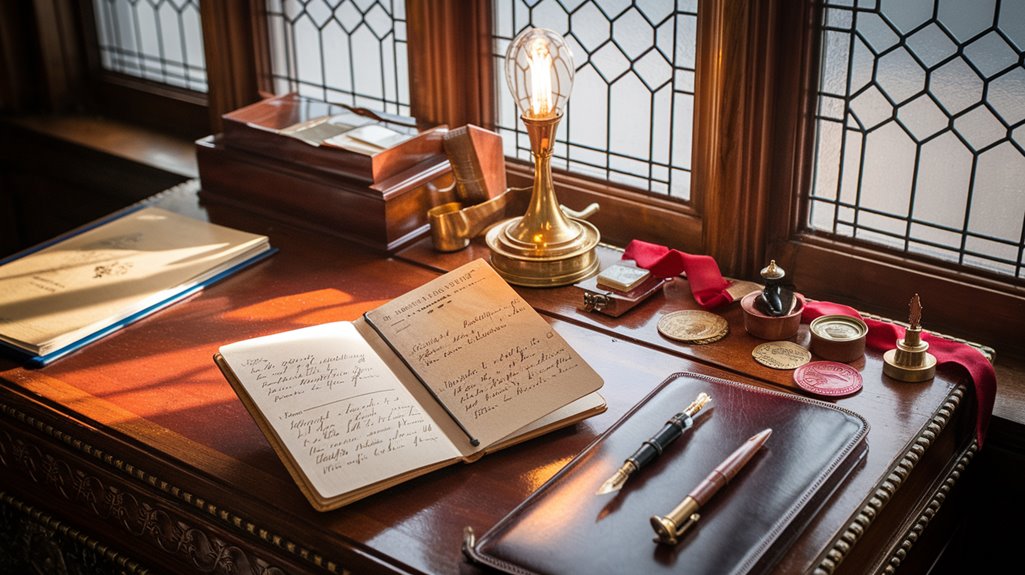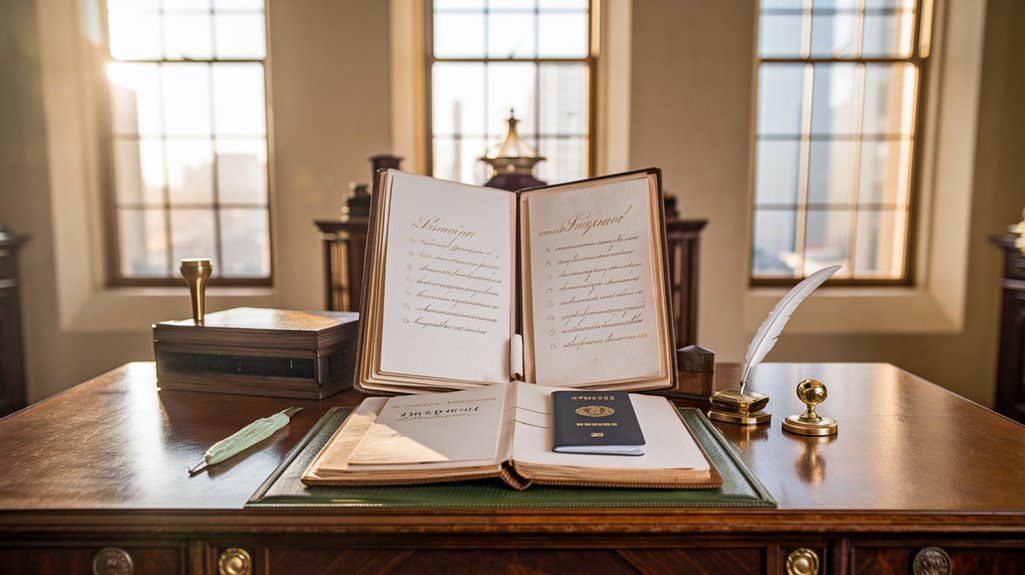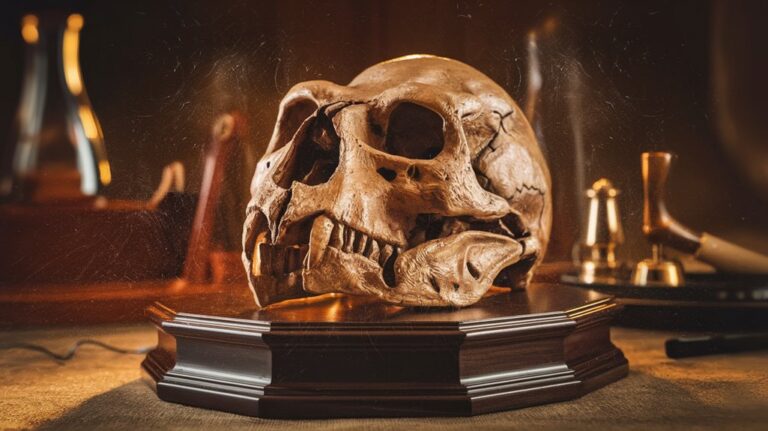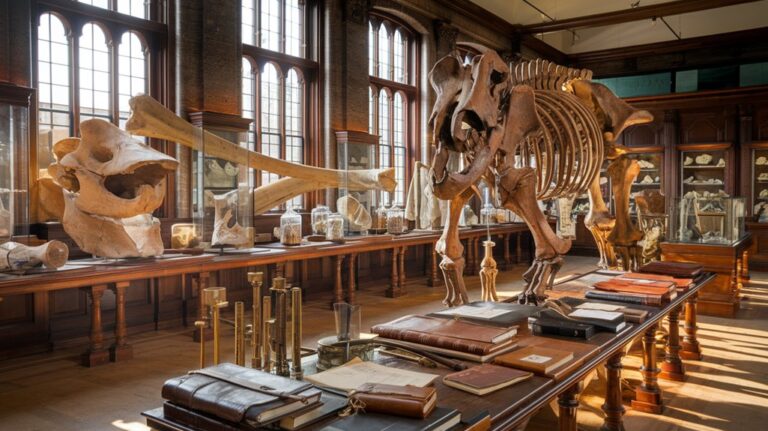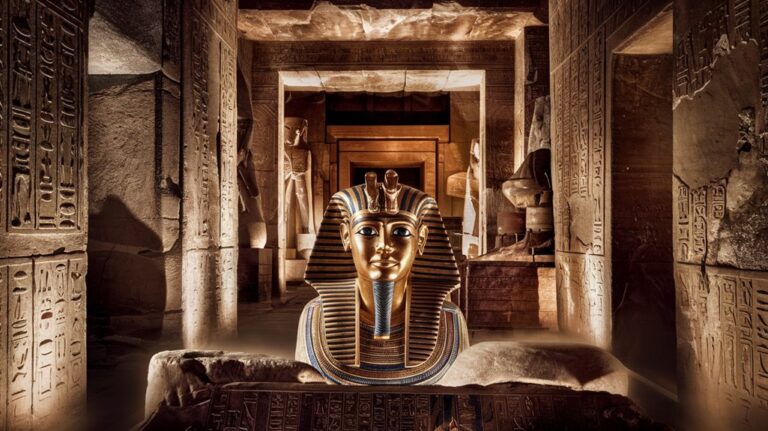Early Passports Used Written Descriptions Not Photos
Like a painter trying to capture a stranger's essence with words alone, early passport officials faced quite a challenge. You might find it hard to imagine a time when your identity depended solely on written descriptions of your features, yet that's exactly how travelers proved who they were for centuries. From medieval merchants to wandering performers, people relied on detailed accounts of their height, complexion, and distinguishing marks—a system that wasn't nearly as foolproof as today's photo IDs.
The Origins of Written Descriptions in Travel Documents
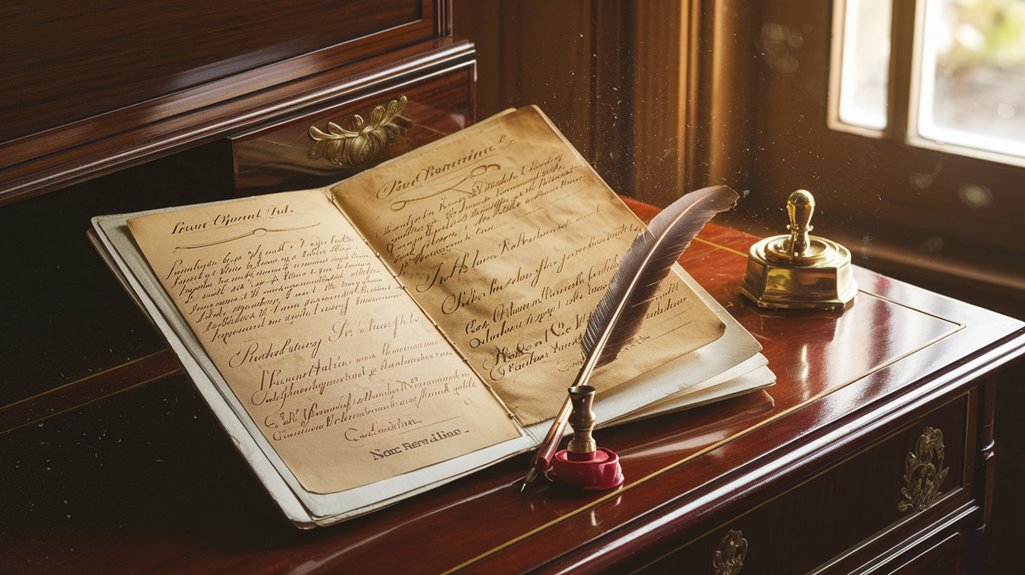
While modern passports rely heavily on photographs and biometric data, the practice of documenting travelers' identities began over two millennia ago in ancient Persia around 450 BC.
You'll find evidence of historic travel documentation across various ancient civilizations, including India and China, where written descriptions helped verify travelers' identities.
The evolution of identification methods took shape in medieval Europe, where you'd need safe-conduct letters written in Latin to journey between territories.
These documents were essential for merchants, diplomats, and pilgrims seeking protection during their travels.
The Hebrew Bible even references this practice, describing a letter from King Artaxerxes I that guaranteed safe passage.
Roman officials provided tesserae hospitales to their messengers and diplomats to ensure their protection during travels.
This system of written descriptions spread globally, becoming common practice in the Islamic Caliphate, Italian city-states, and England.
Officials struggled with describing physical characteristics using vague terms like "average" when documenting travelers' appearances.
Physical Details in Medieval Safe-Conduct Letters
Because medieval authorities lacked photographs or fingerprints, they relied on detailed written descriptions to verify travelers' identities in safe-conduct letters. These documents included your physical characteristics, such as height and hair color, along with any distinguishing marks or scars that could prove who you were.
During medieval travel, you'd need your safe conduct letters to specify your name, occupation, nationality, and purpose of journey. A common example was the jester's certificate like the one issued to Folebarba the jester, ensuring his safety and good treatment while traveling. Among the most frequent recipients were Scottish clergymen seeking pilgrimage routes or educational opportunities. They'd be written in Latin to guarantee recognition across borders, though you might need multiple letters when crossing different jurisdictions.
The documents always carried an official seal or signature from the issuing authority, and you'd have to meet certain conditions, like paying customs duties if you were a merchant. Your letter could be revoked, especially during times of political tension.
Why Photographs Replaced Written Descriptions
As international travel increased in the late 19th century, written descriptions proved too unreliable for proper identification. You couldn't depend on subjective terms like "average height" or "Roman nose" to accurately identify travelers, and officials often altered these descriptions, leading to confusion. Prior to photographs, authorities relied heavily on wax seals to authenticate documents.
The photographic evolution that began in the 1820s offered a solution to this problem. Much like how social media shares helped spread important research findings, photographs quickly gained widespread adoption in identification documents. You can see why photographs quickly became the preferred choice – they provided clear, objective identification accuracy that written descriptions simply couldn't match.
By 1920, the League of Nations had mandated photographic identification in passports, setting global standards that would evolve into today's strict requirements.
With the rise of digital photography and biometric data, you're now seeing an even more secure and standardized system of passport identification.
The Debate Over Personal Descriptions in Early Passports
Before photographs revolutionized passport identification, the use of written descriptions sparked heated debates among government officials and travelers alike. The core issue centered on description accuracy, as many travelers would list their features as "average," making identity verification nearly impossible.
This verification challenge proved especially difficult as time zone differences complicated international travel and border crossings, much like modern-day challenges with virtual identification systems.
You'd find that officials sometimes took matters into their own hands by altering applicants' descriptions without consent, often making them less flattering than the original submissions. The junior clerk was assigned responsibility for passport issuance in 1818, yet the lack of standardization created inconsistencies in how physical attributes were documented, leading to confusion at border crossings.
When you consider that appearances naturally change over time, these written descriptions became even less reliable. It's no wonder that by 1914, countries began requiring photographs alongside descriptions, marking a significant shift toward more dependable identification methods.
Key Changes in Passport Identification Methods
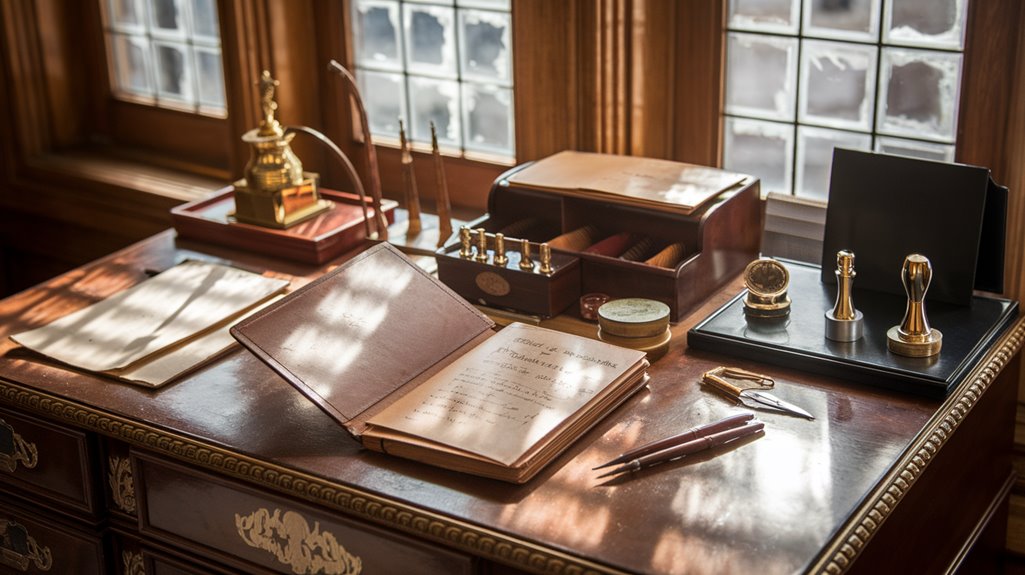
The evolution of passport identification methods reflects humanity's constant pursuit of more reliable ways to verify identities.
When you look at the historical evolution of these documents, you'll find that early systems relied on written descriptions of facial features, starting in the U.S. in 1825. This changed dramatically in 1914 when countries began requiring both photos and descriptions due to World War I security concerns.
The first official passports were established by King Henry V in 1414. The drive for better identification accuracy led to significant innovations. Machine-readable formats were introduced in 1980 to improve border processing efficiency.
You'd be surprised to learn that before photography became widespread, authorities depended solely on detailed physical descriptions.
When the League of Nations established global passport standards in 1920, photos became mandatory worldwide. This shift marked a vital turning point, moving from subjective written descriptions to more objective photographic identification.

